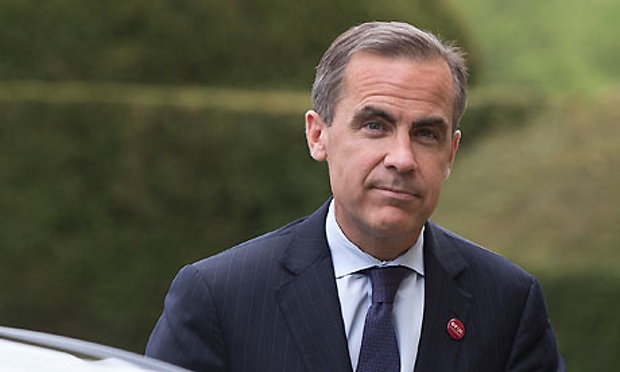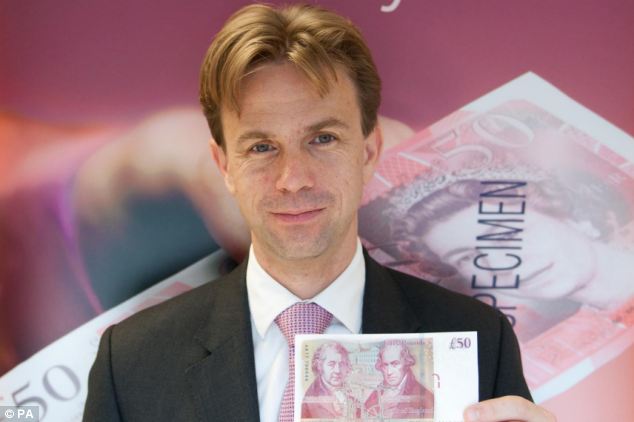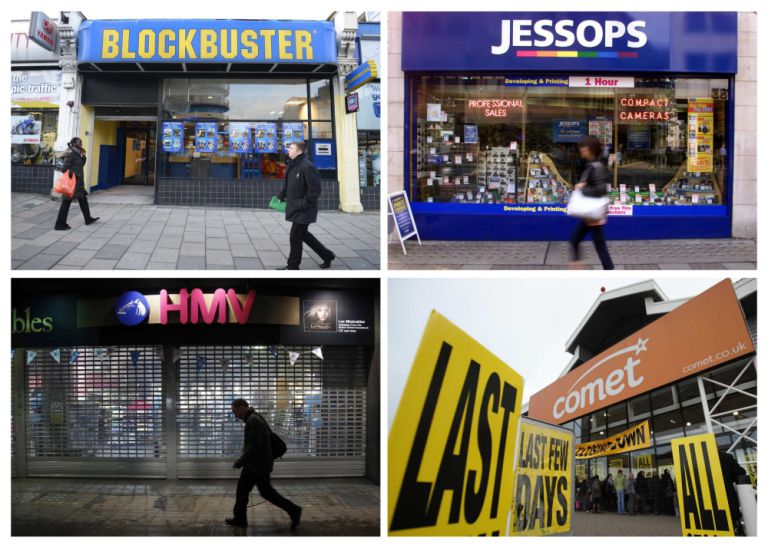Bank of England: Interest Rates Could Remain Frozen For Another Three Years
Bank of England: Interest rates could remain frozen for another three years
Interest rates could remain frozen at record low levels for another three years, the Bank of England said today.
New Governor Mark Carney announced the bank was unlikely to raise rates until the end of 2016, at the earliest.
The guidance is designed to reassure households and businesses about future borrowing costs .
But the move is a blow to savers, including many pensioners, who are reeling after four years of rock bottom rates already.
The Bank of England slashed its base rate to 0.5% in March 2009 in a bid to boost the battered economy.
But with signs of a recovery, and inflation above Government targets, there were growing questions about how long rates would remain low.
Mr Carney responded by setting out forward guidance for the first time.
He announced the bank’s monetary policy committee was unlikely to increase rates until the jobless rate fell below 7%.
It is currently 7.8%, with 2.5million people out of work.
The drop would mean around 750,000 new jobs being created, the bank said.
Mr Carney said a “renewed recovery is now under way”, despite admitting is the weakest on record.
He added the guidance on rates was designed to “provide clarity.”
It came as the Bank of England revised its forecasts for economic growth this year from 1.2% to 1.4%, and next year from 1.7% to 2.5%.
The guidance came with a number of get-outs that could see the Bank increase rates before unemployment drops below 7%.
They include fears that inflation will be 2.5% or higher for 18 months or longer – it is currently 2.9%.
Chancellor George Osborne welcomed the guidance: “For hard working families thinking of taking out a mortgage or a business thinking about expanding and taking out a loan to expand, they’re going to have greater certainty that interest rates are going to stay for longer.”
Vicky Redwood, from Capital Economics, predicted rates could remain record low for four years, into 2017.
Shadow Chancellor Ed Balls said: “At last we are seeing the Governor show the leadership we have failed to see over the last three years and are still not seeing from the Chancellor.”
But Professor Philip Booth, of the Institute of Economic Affairs, branded new guidance a “dangerous development”
He said: “To try to use monetary policy to reduce unemployment when inflation is already above target is playing with fire and could lead us down the road that we followed in the 1970s.
“This move also calls into question the independence of the monetary policy committee and the Bank of England’s ability to fulfil its statutory duties.”
Graeme Leach, chief economist at the Institute of Directors, said: “Forward guidance doesn’t really take us forward, and we are very concerned at the use of monetary policy to chase unemployment.
“We’re still looking at an economy which will struggle to reach trend growth, let alone exceed it.
“We’re looking at a moderate growth spurt over the next 12 months but the new normal could be gross domestic product growth of below 2% thereafter.”
Comment by Graham Hiscott, Business Editor
Mark Carney’s rate promise is designed to get us all spending.
He hopes if families and business can bank on cheap cash, they’re loosen the purse strings – and boost the economy.
Savers – who far out number borrowers – won’t be thanking Mr Carney. They could be looking at seven years of rock bottom returns, in total.
But there is a chance rates could rise sooner, if unemployment falls faster than expected. The Bank of England puts it at one in seven next year.
When rates do rise, experts reckon an estimated 600,000 families could be swamped.
The Bank’s way of measuring unemployment is also blunt. The rate may fall, but how many of those new jobs are part-time, seasonal, or on zero hours contracts?
Not that well-paid full-timer George Osborne will lose sleep. He picked Mr Carney and asked him to look giving rates guidance.
Mr Carney has delivered, and Mr Osborne hopes it creates a feel-good factor that carries the Tories through to a general election victory in 2015.
If rates don’t rise until 20-17, Mr Carney may have other things on his mind. He is set to stand down the next year.
Bank’s rates vow explained
:: How long will interest rates stay at 0.5%?
The Bank says that – subject to conditions – it will not consider increasing the rate until the Labour Force Survey of joblessness shows that it has fallen below 7% – equivalent to more than 750,000 people finding work.
Its current estimates suggest that this will still be 7.3% by the third quarter of 2016 – which is as far as its forecasts presently go. This means that, should the forecasts prove right, the rate will remain at its current low for another three years at least.
The guidance also means that the Bank’s policy of injecting money into the economy at a rate of £375 billion will not be reduced from its current level until the threshold is met.
:: But what about the conditions?
Three safeguards or “knockouts” are built into forward guidance, designed to ensure it does not tie the hands of the Bank’s Monetary Policy Committee (MPC) should changes in the economy – such as inflation – mean intervention may be needed.
One trigger would see the link with unemployment broken if consumer price inflation looks set to be 2.5% or more in the next 18-24 months, and another would be activated if there are fears that the rise in the cost of living will run out of control.
A third safeguard comes into play if the Financial Policy Committee (FPC) – another arm of the bank – judges that there is a “significant threat” to financial stability from monetary policy which cannot be mitigated by other means.
The knockouts introduce a degree of uncertainty into the guidance, since individual members of the MPC will have independent views on inflation risks while the FPC will also have a crucial role.
:: How will low rates affect ordinary people?
Interest rates staying lower for longer could see ultra-low mortgage deals being made even more attractive – expected to give a significant boost to the housing market as homebuyers find it more affordable to climb up the property ladder.
It also gives breathing space to families struggling under the weight of large debts, sparing them the impact any near-term rise would have on their monthly repayments.
However, savers will suffer further losses as the real value of their deposits is eroded – since the interest rates they obtain will be running significantly below the value of inflation. Many may be persuaded that they need to invest in shares or bonds.
:: Why is this needed now when the economy is already recovering?
The UK has seen two successive quarters of gross domestic product growth (GDP) while other signs such as rising house prices and spending and even an uptick in the struggling manufacturing sector suggest it will continue to improve.
Despite this, Bank governor Mark Carney says it remains the weakest recovery since records began a century ago. GDP is still 3.3% behind pre-recession levels in 2008.
The fragile upturn has been nursed into being by interest rates which have been at their historic low since March 2009. But policymakers feared that market interest rates would rise in anticipation of the central bank support being removed.
Forward guidance seeks to offer assurance about where Bank rates will go to avoid this from happening.









